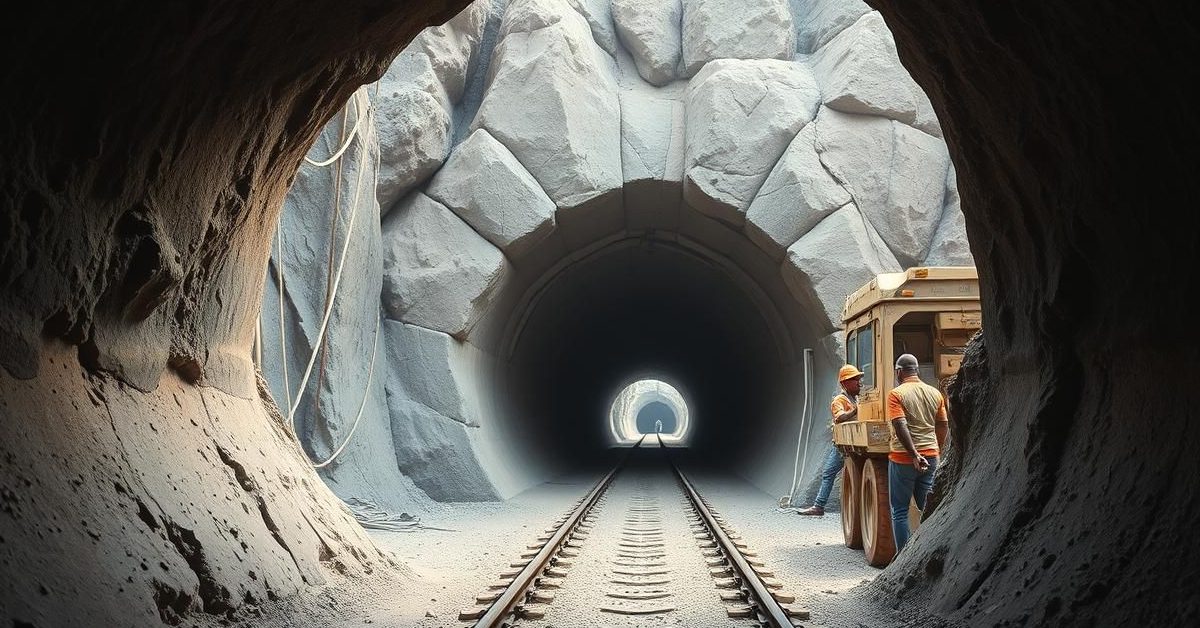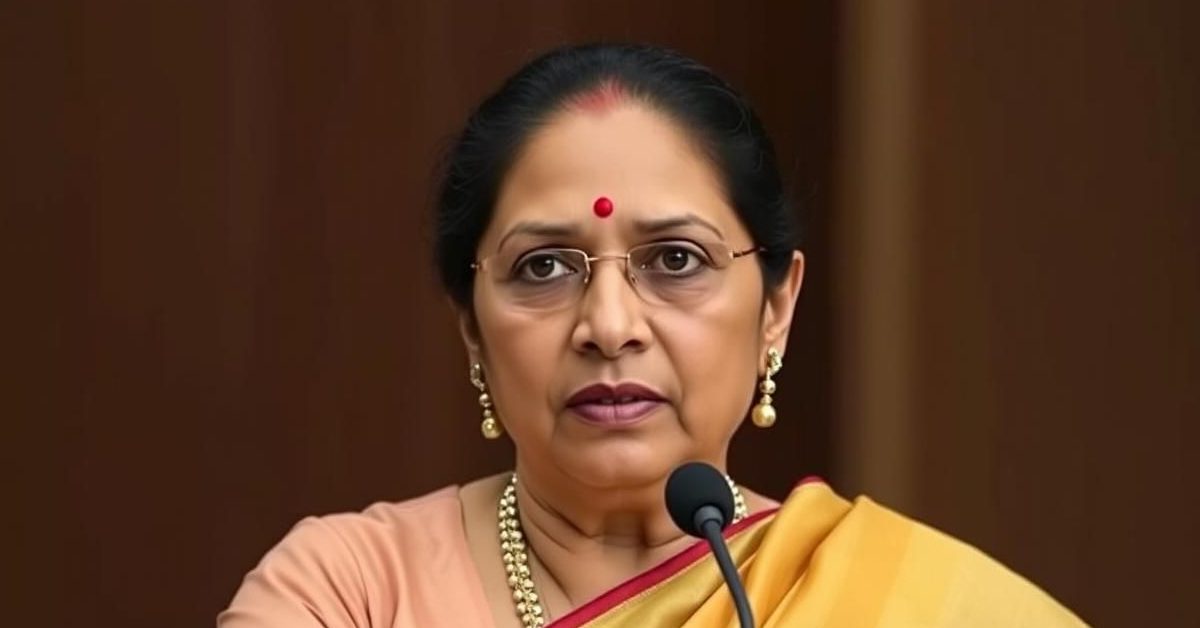India’s Ambitious Pursuit: Forging a “Big, Beautiful” Trade Pact with the United States
The clock was ticking, with a significant July 9 deadline looming to potentially avert retaliatory tariffs from the United States. Amidst this high-stakes environment, the Indian government signaled its readiness for robust deal-making with the world’s largest economy. However, this openness comes with clear, non-negotiable “red lines” designed to safeguard the vital interests of India’s hardworking farmers and dedicated livestock breeders.
Finance Minister Nirmala Sitharaman, in a candid interview with *The Financial Express*, responded to former US President Donald Trump’s earlier statement about an interim bilateral trade agreement (BTA) potentially “opening up” the Indian market for American goods. Her reply was resolute and forward-looking: “Yes, we would love to have an agreement, a big, good, beautiful one; why not?” This sentiment underscores India’s strategic ambition to deepen its economic ties globally.
Shaping ‘Viksit Bharat’: The Imperative of Strategic Economic Partnerships
Sitharaman articulated that at this critical juncture, given India’s ambitious growth projections and the overarching goal of achieving ‘Viksit Bharat’ (Developed India) by 2047, securing such significant agreements with robust economies is paramount. She stressed that the sooner these partnerships materialize, the more effectively they will serve India’s long-term economic aspirations and national development.
Protecting Core Interests: India’s Unwavering ‘Red Lines’ in Trade Talks
During the intricate BTA discussions with the United States, specific sectors emerged as critical “red lines” for India, notably agriculture and dairy. The Finance Minister highlighted that a high degree of caution was exercised in these areas, demonstrating the government’s unwavering commitment to protecting domestic producers and ensuring food security. This steadfastness ensures that any trade pact aligns with the nation’s broader welfare.
Rekindling Growth: A Surge in Private Investment and Urban Optimism
Addressing concerns about a perceived slowdown in private sector investments, Sitharaman offered an optimistic outlook. She noted that over the preceding six months, clear signs indicated a positive shift, with private investments and capacity expansion gaining momentum. While acknowledging the challenge of surplus cash held by private companies, potentially earning passive income, she confidently stated, “But we can see signs of change.”
Regarding the urban economic landscape, Sitharaman affirmed a distinct turnaround in consumer sentiment. She attributed this positive shift, observed from April onwards, to recent income tax reliefs, which have visibly boosted consumption and market activity.
Unleashing ‘Second-Generation’ Reforms for Economic Acceleration
Looking ahead, the Finance Minister outlined a series of “second-generation reforms” poised to deliver a structural impetus to the Indian economy. These comprehensive measures aim to improve the financial health and efficiency of public sector banks, encourage private investment in the crucial nuclear energy sector, and enhance the overall business environment.
Streamlining Taxation: The Future of Goods and Services Tax (GST)
A significant reform on the horizon involves the Goods and Services Tax (GST). Sitharaman indicated that a restructuring of the rates and slabs of this eight-year-old indirect tax system could lead to a reduction in its weighted average. She stressed the importance of reaching a consensus within the GST Council to design a “very simplified and easy-to-comply” tax regime.
The expectation is that a lower average GST rate could paradoxically lead to greater revenue buoyancy by encouraging broader economic expansion. This aligns with global examples where countries adopting similar VAT/GST systems initially started with lower rates and some even reduced them further without revenue hits. Sitharaman’s statement signals a potential shift away from the often-discussed goal of raising the average GST rate to the revenue-neutral rate (15%), hinting instead at a significant consumption booster for the economy through reduced rates.
Bolstering Exports and Fortifying State Investment Climate
The Finance Minister also underscored the critical need for additional support to merchandise exports, noting that the tax burden on exported products, particularly certain embedded state and local levies, is not yet fully neutralized. This points to ongoing efforts to make Indian exports more competitive globally.
Furthermore, Sitharaman highlighted that beyond land and asset monetization, the government is exploring diverse dimensions of reform. She firmly asserted that there is “no going back on the three labour codes,” which states are actively adopting, indicating a resolute push towards modernizing India’s labor regulations.
Strengthening Banks and Navigating Financial Challenges
Following a performance review with public sector bank chiefs, Sitharaman acknowledged the challenge of deposit rates, specifically CASA (Current Account Savings Account) deposits, not growing as rapidly as in the past. She indicated that banks would undertake efforts to improve this, recognizing the delicate balance bankers must strike between making credit cheaper for borrowers and offering better returns to depositors.
She pointed out that while banks can raise funds from the market, CASA historically provided cheap capital. This challenge is compounded by the increasing flow of retail savings into stock markets, shifting capital away from traditional bank deposits.
Powering India’s Future: A Diversified Energy Strategy
A major step towards energy efficiency, Sitharaman revealed, is the plan to develop small, medium, and small modular nuclear reactors. She emphasized India’s fundamental need to significantly ramp up its basic energy production capabilities, especially amidst a renewed push for coal-based thermal power to meet surging peak power demand. She clarified that solar and wind energy, while crucial, can serve as “top-up” solutions, complementing a robust conventional energy base. The “nuclear thing is getting wrapped up,” she added, with legislative amendments anticipated soon to facilitate this vital energy expansion.















